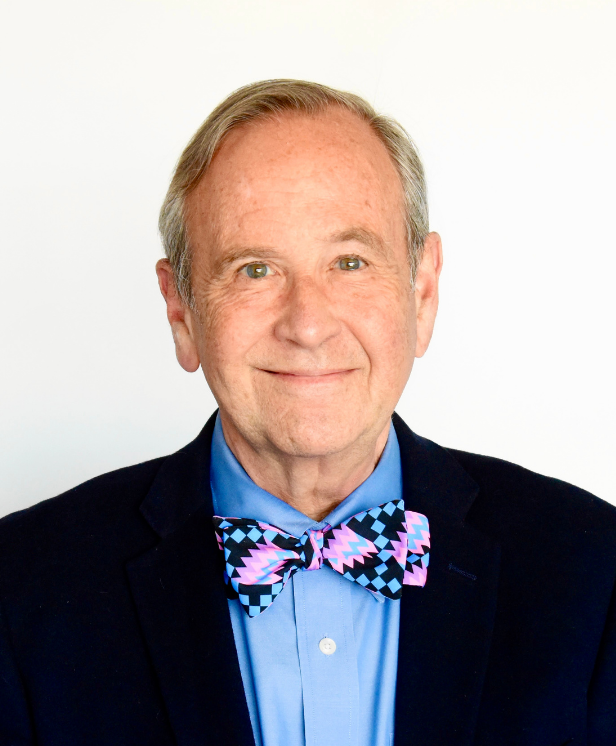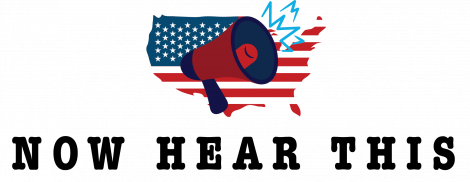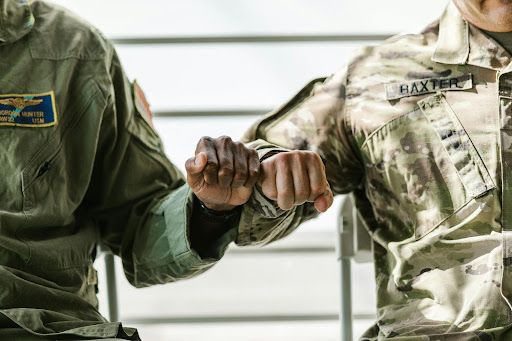Publisher's Corner

Guest Viewpoint
Well, that felt good.
Veteran Suicide Must End. Erasing their Debt is Where to Start
After taking on the role in 2020 as Director of Behavioral Health Programs and then Director of Veterans Programs for the Staten Island Performing Provider System (SIPPS), I was tasked with improving health outcomes for our Staten Island community. A daunting task that led to an unusual solution.
After much research, I came to understand that Social Determinants of Health (SDOH) impact – i.e., social, economic, and environmental factors rather than genetics or health care services impact an estimated 70% of a person’s state of health.
This was eye-opening for a civilian clinical social worker with 40 years of experience in the field of behavioral health as a clinician, administrator, researcher, and teacher. Interestingly, it harkens back to the roots of the social work profession in the Settlement House movement in Chicago and New York City,
At first, I didn’t think of suicide as a health outcome, but that changed with the opportunity to develop programs for Veterans and active-duty Service members to reduce their suicide rates.
The Facts
For the general population, suicide is the second leading cause of death in ages 25 to 34. The rate of suicide in the Veteran population is 1.5 times higher than that. Veterans in the first year of transition from military service to civilian life, often the same age group, are at highest risk for suicide.
VA efforts to reduce the high rate of Veteran suicide have had some but limited success. With the exception of homelessness, VA efforts are more focused on improving suicide screening and treatment rather than addressing SDOH factors such as social isolation, food insecurity, unemployment, and financial instability. While screening and treatment for PTSD and TBI are important, I think we need a greater focus on preventing individuals from becoming suicidal by addressing SDOH factors.
An Example
This was powerfully brought home to me by an experience with a community partner who had volunteers from a local Staten Island Rotary Club deliver food to Veterans’ homes.
These volunteers develop a trusting relationship with the Veterans who look forward to the visits. When a Veteran’s wife passed away recently, he told his volunteer that he did not see a reason for living. This person told her supervisor, who contacted my office.
We called in the VA suicide prevention team, the veteran's daughter was informed, and we were able to activate social support, which helped this veteran in his time of vulnerability. From this initial experience, I learned that something as simple (!) as food delivery and social support can be suicide prevention!
The next step on my journey was meeting former Navy journalist Jerry Ashton and learning about his 501(c)(3) private charitable foundation, End Veteran Debt (EVD), He taught me that a significant percentage of veterans carry all forms of unpayable debt, Only recently has the Behavioral Health field and the VA begun to see this as an SDOH factor.
It Takes a Campaign! A $1,000,000 Veteran Debt Reprieve Nationally!
Putting everything together, I saw an outstanding opportunity to provide a powerful and proven service to veterans and families and to address suicide prevention. What better than launching a SIPPS/ EVD co-fundraising “Operation Debt-Day” campaign to raise money and awareness – the latter being the most important given so few of us have even heard of this solution?
The approach is simple: to think globally and act locally. With both partners responsible for raising $50,000 and attracting media attention, its success would release funds to abolish veteran debt nationally and locally to provide funds for immediate use to service the Staten Island veteran and active-duty community.
That campaign was successfully launched on January 1, 2025. We have no idea how long it will take to achieve greater public awareness and reach the $50,000 goal. We do know that our efforts and donations could not be put to better use in reducing veteran suicide.
With the public’s help, of course.





